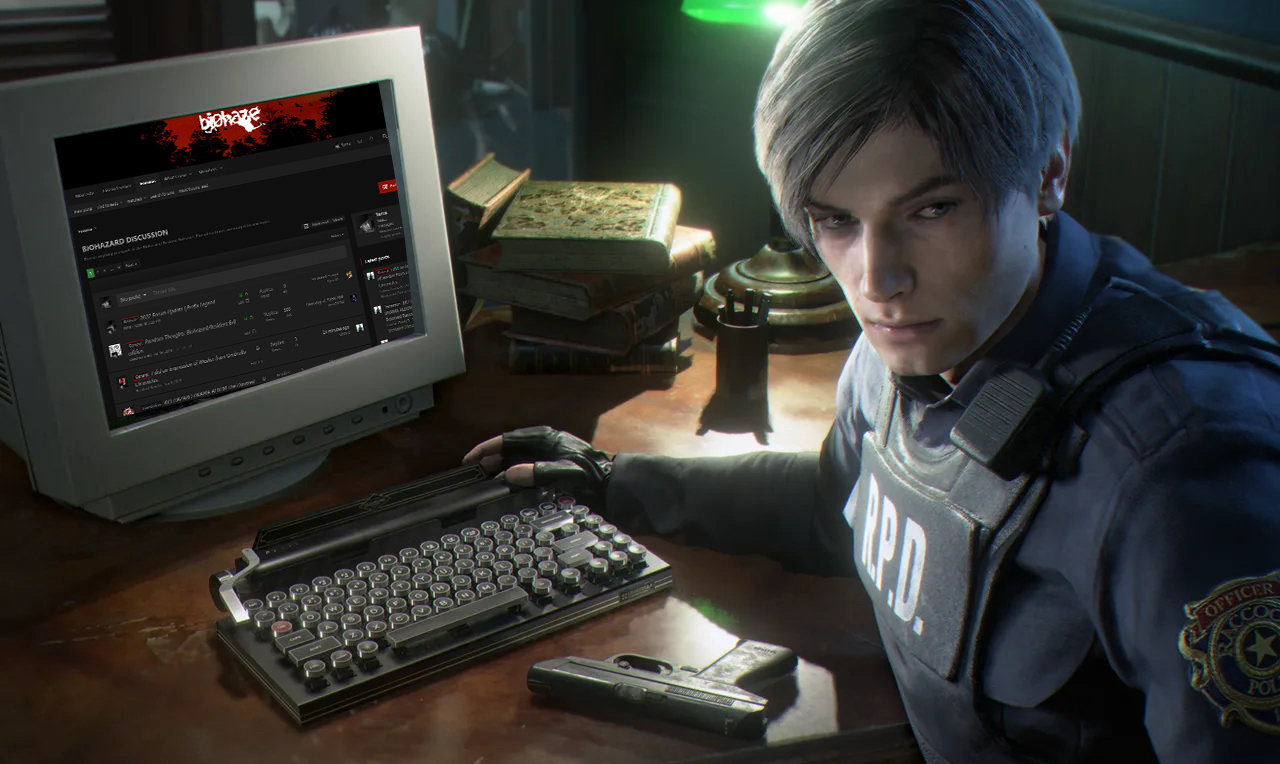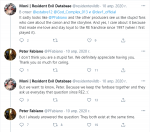Well, it was a hot time when the remake of the second game was released. I'll never forget it.
But I want to say that I may have a little understanding of what Capcom means when they say that games exist at the same time.
If you look at the latest remake, a lot of things are completely new. Not retcons that rewrite old knowledge, but new locations. For example, the game has a cafe where they sell donuts. At first I thought it was the same place where one version of Jill meets Carlos, just rewritten. But no, the crab restaurant is still in the remake, we're just not allowed in.
So is the Bard's lab: it's not a factory. Even the railgun was named differently and has a different origin. It seems to me that this was done with a certain intent: to show an alternative scenario. Show Jill's alternate path, which adds another interpretation to an already unreliable story.
On the one hand, the game is a remake, so the authors supported the thematic parallel and added tyrants and a railgun, on the other — Sergei could still send tyrants to the factory, the Americans could still assemble their gun. These elements exist in parallel.
I also don't think the remake rewrites Survivor, since I didn't see any direct contradictions in the game regarding the production of tyrants.
I think an alternate path is a good explanation but that leaves open to interpretation which is the true one canonically, since we have books that deal specifically with that (Archives and Archives II) so in my view the best way to avoid extra confusion about it would be releasing another archives book that defines properly if 2 and 3 remakes do alter canon with their peculiar paths and timetable, or even if the remake just adds news description for places to Raccoon City but discards parts of it when those details or events clash with what was already deemed canon before.
Last edited:


